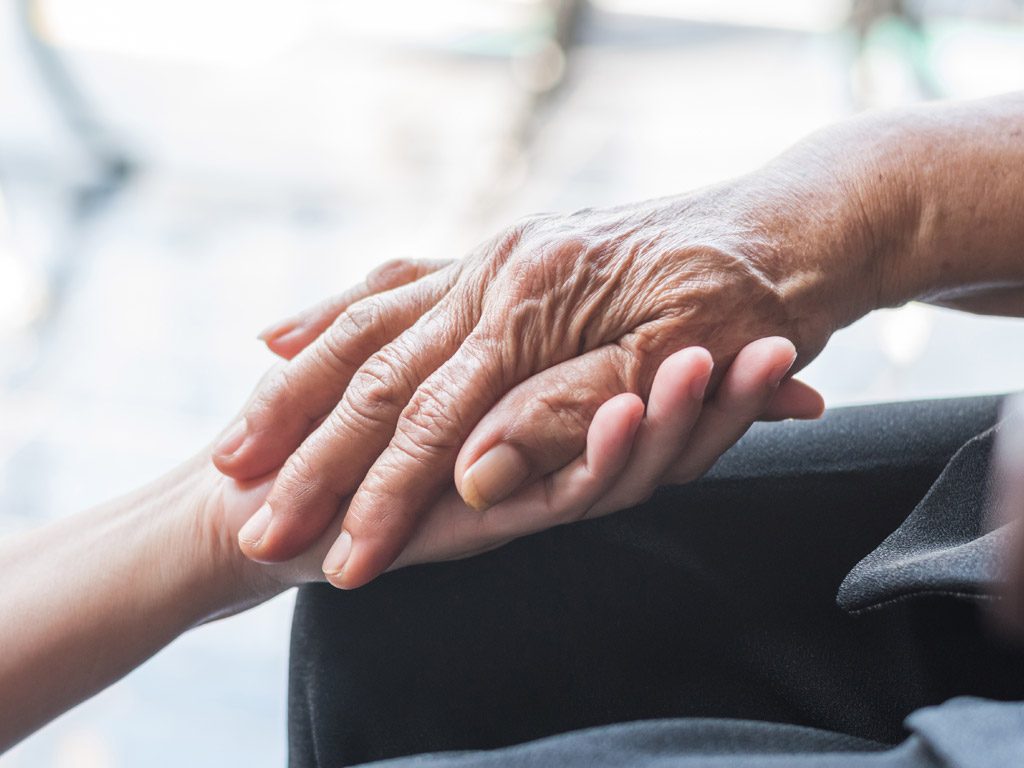What is Rheumatoid Arthritis
An autoimmune disorder is a condition whereby the body’s immune system is unable to distinguish between healthy cells and harmful ones such as bacteria and viruses. This confusion results in the immune system releasing autoantibodies, which mistakenly attack healthy and functional cells and tissues.

Rheumatoid Arthritis (RA) is one such condition that specifically attacks the joints. It is characterized by chronic inflammation and loss of function in the joints. Unlike osteoarthritis that targets specific and localized joints, RA can attack joints in various parts of the body simultaneously. However, it most commonly occurs in the fingers and wrists. Left untreated, RA can also damage the organs and other tissues that surround the affected joints.
Studies show that women are more susceptible to RA than men. Though most common in the elderly, symptoms can start manifesting in those who are of middle age.
Causes & Risk Factors of Rheumatoid Arthritis
RA occurs when the body’s immune system mistakenly attacks the joint’s inner lining called the synovium, resulting in inflammation that causes the joint to go out of shape and alignment. This further leads to cartilage and bone damage.
The cause of RA is currently unknown. Doctors still don’t know what exactly causes it, but risk factors include:
- Age
It commonly starts between the ages of 40 and 60. Dxiene - Environment
Exposure to harmful chemicals like asbestos and silica may increase the risk of getting autoimmune illnesses such as RA. - Gender
Women have a higher chance of getting RA than men. - Genetics
Those who are related to someone who has RA has a higher chance of developing RA. - Obesity
Fat cells or adipose release proteins that cause inflammation throughout the body, increasing the likelihood of joint inflammation and arthritis. - Smoking
Not only does smoking increase the chances of developing RA, it also worsens its symptoms and severity.
Symptoms of Rheumatoid Arthritis
The symptoms of RA vary from person to person. This is also true for the condition’s severity and progression. It mainly affects the joints, typically starting from those in the hands and feet, symmetrically (on both sides of the body at the same time and extent.
Symptoms that affect the joints include:
- Pain
It is described as being worse in the mornings upon waking up and after a period of inactivity. - Stiffness
Those with RA find it difficult to bend their fingers and toes. - Swelling
RA is characterized by the inflammation in the joints, which feel warm and tender to the touch.
These symptoms may come as flares or episodes, often appearing and disappearing unexpectedly. Other general signs include:
- Fatigue
- Poor appetite
- Weight loss
- Fever
- Sweating
If RA is left untreated, it will progress and spread to the ankles, elbows, hips, knees, shoulders and wrists. Non-joint structures, such as the blood vessels, bone marrow, eyes, heart, kidneys, lungs, nerve tissue, salivary glands and skin, can also be affected.
Diagnosis of Rheumatoid Arthritis
When it comes to the various types of arthritis disorders, the disease can be categorized as either inflammatory or non-inflammatory. For doctors to accurately diagnose that the person suffers from RA, a series of physical exams and diagnostic tests needs to be conducted:
- Physical Examination
Aside from asking the patient about his medical records and family history, the doctor will look out for swelling, pain, tenderness and limited movement in the joint. Fever and indications of rheumatoid nodules will also be checked. - Blood Tests
These will help spot the presence of autoantibodies, a type of protein produced by the immune system that attacks healthy cells. Blood tests can also detect any inflammation in the joints and other organs. - Imaging Tests
X-rays, CT scans and MRI are some imaging tests that can be conducted to check for joint damage and cartilage degradation.
As with many illnesses, it is best to catch and treat RA during its early stages in order to prevent disease progression and greater joint and organ damage. Complications arising from non-treatment include bone deformity, immobility as well as severe and irreversible damage to the bones, cartilage and muscle tendons.
Treatment for Rheumatoid Arthritis
There is no cure for RA, but a series of rheumatoid arthritis treatments can help patients manage the pain better, achieve remission and prevent further complications from arising.
For most cases of RA, the doctor will prescribe medications based on the condition’s severity. Common medications include:
- Nonsteroidal Anti-Inflammatory Drugs (NSAIDs)
These reduce inflammation and helps relieve pain. - Disease-Modifying Anti-Rheumatic Drugs (DMARDs)
These help to slow the progression of RA, saving joints and tissues from permanent damage. - Steroids
Similar to NSAIDs, Steroids can reduce pain and inflammation. It is also given to slow joint damage. - Biologic agents
These prevent joint and tissue damage by specifically targeting the area of the immune system that causes inflammation.
Aside from medications, therapy enables patients to manage their pain better and improve quality of life. The therapist may suggest new ways to accomplish daily tasks in a way that will minimize discomfort. Exercises will also be done to enhance the joint’s flexibility. Assistive devices may be used as well.
If medications and therapy prove to be insufficient, surgery will be the next step. Surgery is mainly done to restore function to the affected joints, repair deformities and reduce pain. These procedures include:
- Synovectomy
This procedure involves the extraction of the swollen synovium (joint’s lining). - Joint Fusion or Arthrodesis
This technique is done to realign or stabilize a joint by welding two connecting bones together. - Tendon Repair
This process repairs the loose or ruptured tendons around the affected joint. - Joint Replacement
The operation involves removing parts or all of the affected joint and replacing it with a metal or plastic prosthesis.
In recent years, clinical trials are being performed to test out new options to diagnose and treat RA more effectively.







